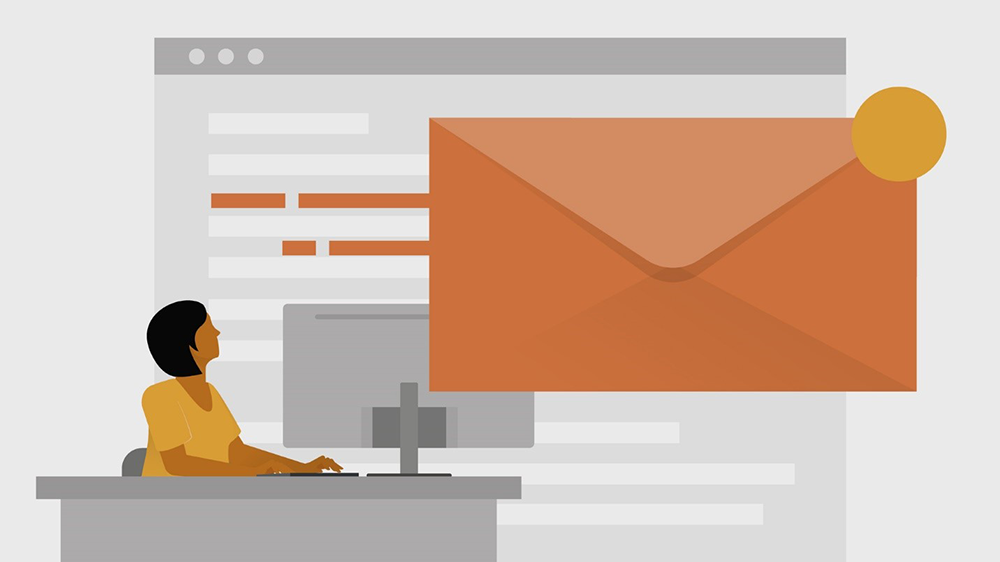Follow Up Mail Templates
All the big brands use follow-up emails after we make purchases to learn about the customer experience and improve their services, whether it be products, online stores, or logistics. Just like enterprises, you too can utilize powerful follow-up mail templates to get feedback about your online classes. It is important to keep in touch with your students after your classes. It will give valuable feedback about the positive sides of the course and what could be improved. It also gives the impression that you care about your students learning. Because of these, it is important to pick a follow-up mail template that allows you to get as much information about the learner experience and convey that you care about your students. In this article, you will learn about the key elements of an effective follow-up mail.
Pick a Powerful Subject Line
First, your subject line needs to be attention-grabbing. It needs to indicate your purpose for following up with your customer. Are you aiming to get feedback, or maybe you want to sell them another follow-on course in the future? You need to set your goals in sending a follow-up message straight, so you can pick your subject line accordingly. There’s no use in sending follow-up emails unless you have a clear objective in mind. In this case, the consumer will not grasp the message if you just say “Hey, I’m checking in.” You need to be more specific and indicate your purpose in sending the message.

Add a Personal Touch
Since you are selling online classes, you can make your follow-up messages more personal. You might mention something you talked about during the class or something they asked. This will make your students more likely to respond to follow-up emails. You could also mention their progress in your online course and remind them how close they are to a milestone or earning digital badges. Adding a personal touch to a follow-up mail comes after you’ve successfully communicated the value you add. Be kind and sincere. At the end, thank the receiver for their time and express your appreciation. You can ask if they want to schedule another class later on if they still have questions on the subject or remind them of your next meeting if you already have one set and make sure to mention at least two days and times that you are available.
Timing Matters
The time when you follow up is crucial and should be picked based on your purpose. If you want to send lecture notes or additional materials after your online class, you should send your follow-up email in the next 24 hours. The sooner the better because the student will know that you care about their learning. If you want to send an email with the purpose of setting up a future meeting, you should send it in the next 24 to 48 hours, or sooner. This way the student will not forget about it if you talked about setting up further online classes. If the next meeting is set and you don’t need to send additional materials, you should send a reminder email within 24 hours of your meeting time and inform your student about what they need to prepare for the lecture.
There are 3 main elements you need to consider when writing a follow-up mail. First, you need a striking subject line to attract attention. Then, you need to make sure your content is brief and straight to the point. Towards the end, you should consider adding some personalization to make the follow-up mail more effective. And finally, you need to time the follow-up properly to serve its purpose.



